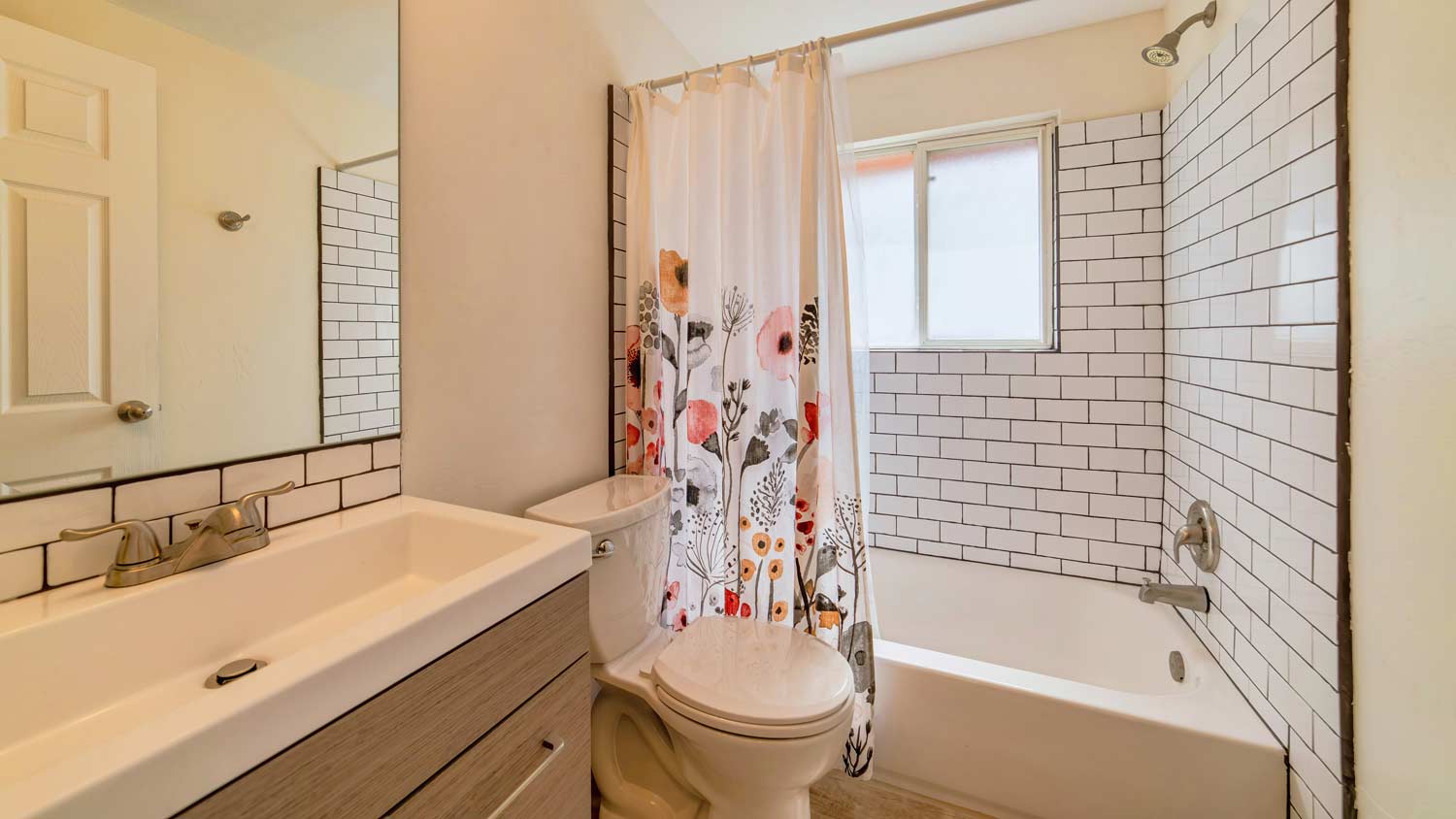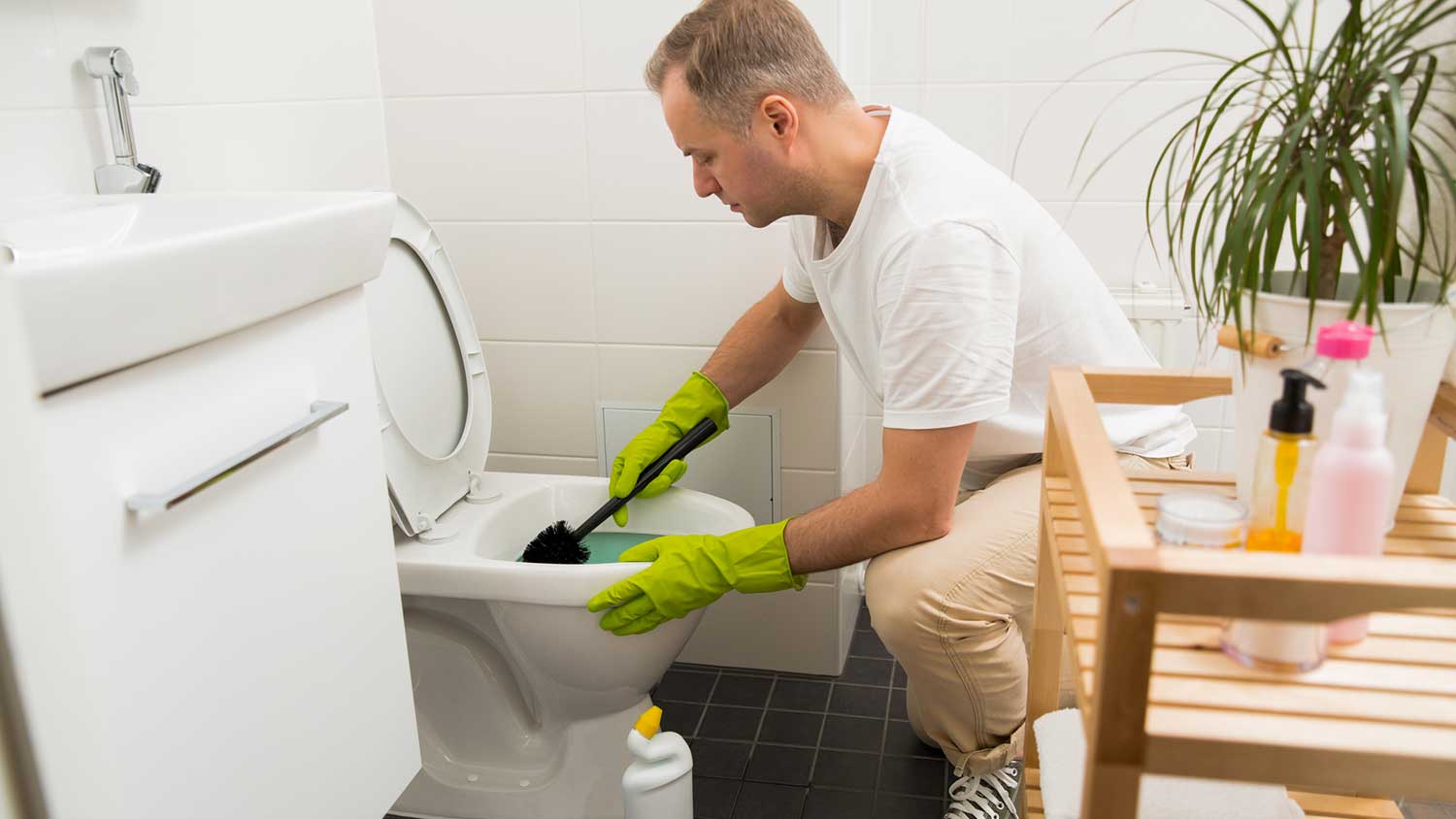How to Check for Mold After Water Damage
Sniff out mold instantly after flooding or water damage


When it comes to water in your home, the sound of trickling is only the beginning of your troubles. Unfortunately, water damage can quickly lead to mold that can make you sick. With mold growth starting roughly 24 to 48 hours following water damage, spotting signs as early as possible can help to keep your home safe. That's precisely why you need to know these tips for how to check for mold after water damage.
When water damage is discovered, turn off the power and disconnect all electronic devices from any affected area.
1. Create a Safe Area for Mold Detection
Don't put yourself in danger to hunt down mold. If you've discovered water damage in your home, make sure the area is safe before proceeding with any type of mold detection or water damage cleanup. The best way to do this is to turn off power to the affected area.
Can mold make you sick? Yes, mold is a fungus that can cause coughing, sneezing, congestion, eye irritation, nasal irritation, skin rashes, wheezing, lung irritation, and sore throat. If you're inspecting your home for mold, it's advised that you wear a mask and proper protection to avoid direct contact with mold spores.
2. Do a Sight Check

Mold may be staring you right in the face. The first rule of how to check for mold is to look for visible signs of mold on floors, ceilings, ceiling corners, and walls. Inspect all floors, ceilings, walls, and baseboards for discoloration. This may require you to move furniture, take down curtains, or lift rugs. When learning how to check for mold after water damage, it's helpful to know that mold's color spectrum can include black, white, and green.
3. Sniff Around for a Musty Smell
If you're noticing a musty odor in your home, this is a telltale clue that mold is in the air. The classic mold odor is caused by mold spores producing gasses as they reproduce. While you may be tempted to cover up the odor, a musty smell in your home means that you need to conduct mold remediation.
4. Try a Swab Test
While not 100% foolproof, a DIY mold swab test can help you to detect mold that has taken root in your home's drywall. To conduct this test, mix one part bleach with 16 parts water using a bucket in an open-aired space. Next, use a cotton swab dipped in the solution to dab the area where you suspect mold is present. If you see the spot quickly lightening, this is a strong indicator that mold is present in your walls.
5. Find Excess Moisture With a Moisture Meter

Knowing how to find a leak can often lead you straight to your mold source. A moisture meter is a tool that you can purchase for around $50. The device measures moisture content in various materials. When looking for mold in your home, point a moisture meter at floors, walls, and ceilings to catch moisture concentrations.
There really isn't much of a difference when checking for mold vs. water damage because the two generally occur simultaneously. A high-moisture spot in your home is very likely to have mold. With the cost to repair water damage ranging from $1,307 to $5,916, acting quickly can save a homeowner money.
6. Know Where Mold Likes to Hide
Map out your mold search based on the common places where mold is often found in a home. In order to know where to look, you need to know the "why" of how mold forms. Mold commonly forms in rooms with low sunlight exposure. This makes basements, attics, garages, and windowless storage areas prime locations for mold. Mold also thrives in spaces with poor ventilation. Other things in your home that can attract mold include areas with piping, windows with condensation, the interior area of the roof gutters, and lingering spills that aren't properly cleaned.
7. Pay for Professional Mold Testing
The only way for most homeowners to get definitive answers about the presence of mold is to hire professional mold inspectors. Professional mold tests can utilize direct samples and air quality to get a full picture of the mold activity throughout your home. In addition to letting you know if your home has mold, professional inspectors can also let you know which type of mold is present. This can be important for selecting the right approach for mold remediation. The best way to prevent carpet mold after water damage is to conduct mold inspection or testing as soon as you discover a moisture issue in your home.
















